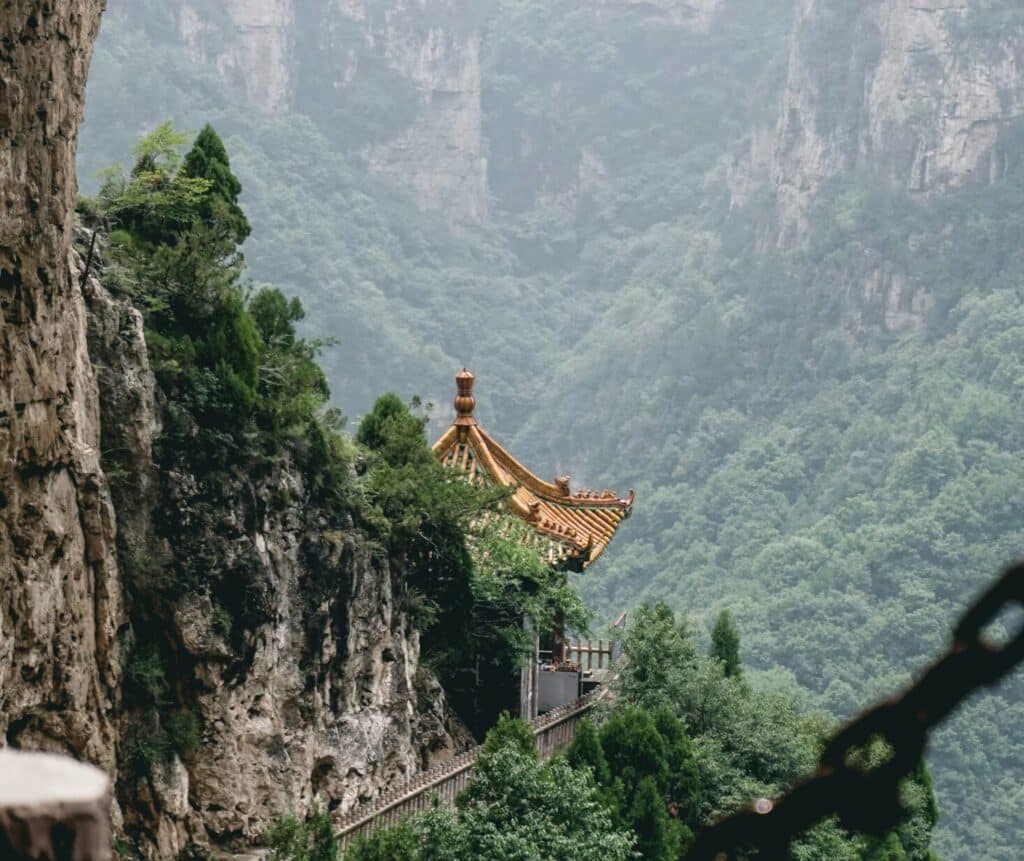While the Eiffel Tower, the Statue of Liberty, and the Colosseum are bucket-list destinations for many, the world is also full of lesser-known cultural sites that offer rich histories and breathtaking experiences without the crowds. These hidden gems provide a deeper understanding of local cultures and an intimate glimpse into the past. Here are several such treasures that deserve a spot on your travel itinerary.
1. The Ancient City of Pingyao, China
Located in Shanxi province, Pingyao is one of China’s best-preserved ancient walled cities. Dating back to the Ming and Qing Dynasties, this UNESCO World Heritage site offers a rare intact glimpse of traditional Han Chinese architecture and urban planning. Stroll along its cobbled streets, and you’ll feel as though you’ve stepped back in time. Don’t miss the Rishengchang Exchange Shop, considered the first bank in China, which tells the story of Pingyao’s former financial significance.
2. Karnak Temple, Luxor, Egypt
While most travelers flock to the pyramids of Giza, the Karnak Temple Complex in Luxor is often overlooked. Yet, it is one of the largest religious buildings ever constructed. Dating back over several centuries, this complex was dedicated to the Theban gods and is a stunning showcase of ancient Egyptian grandeur and architectural ingenuity.
3. Mont Saint-Michel, France
Emerging from the tidal plains of Normandy like a mirage, Mont Saint-Michel is an awe-inspiring sight. This medieval stronghold, topped by a gravity-defying abbey, is a marvel of medieval architecture and one of Europe’s most unforgettable sights. Despite its popularity in France, it remains relatively underrated by the global tourist masses.
4. The Rock-Hewn Churches of Lalibela, Ethiopia
In northern Ethiopia, the town of Lalibela holds one of the world’s most astonishing architectural achievements: eleven medieval monolithic churches carved out of rock. Built by King Lalibela in the 12th century to create a ‘New Jerusalem,’ these churches are a pilgrimage site for Coptic Christians and a profound testament to human devotion and creativity.
5. Bhutan’s Paro Taktsang (Tiger’s Nest Monastery)
Perched on the side of a cliff, about 900 meters above the Paro valley floor, lies the Tiger’s Nest Monastery. This site, accessible only by foot or mule, offers breathtaking views and a serene atmosphere. The monastery is associated with Guru Padmasambhava, who is said to have meditated there, making it an important pilgrimage site in the Himalayan Kingdom.
6. Göbekli Tepe, Turkey
Often considered the world’s oldest temple, Göbekli Tepe predates Stonehenge by some 6,000 years. Located in southeastern Turkey, this archaeological site consists of massive carved stones crafted and arranged by prehistoric people who had not yet developed metal tools or pottery. Göbekli Tepe is rewriting our understanding of the social and religious lives of early humans.
7. The Historic Town of Sukhothai, Thailand
As the first capital of Siam, Sukhothai is where Thai art, architecture, and language were born. The Historical Park, a UNESCO World Heritage site, contains the ruins of royal palaces, Buddhist temples, city gates, walls, moats, dams, ditches, ponds, canals, and the water dyke control system which has been the key to the prosperity of the Sukhothai Kingdom over several centuries.
8. Matera, Italy
Known for its extensive cave-dwelling districts, the Sassi, Matera is one of the world’s oldest continuously inhabited cities. These limestone caves, carved into the Gravina canyon, tell a story of human habitation dating back to the Paleolithic period. Today, Matera combines its ancient landscapes with modern culture, hosting galleries, restaurants, and boutique hotels within centuries-old structures.
9. Valley of the Temples, Sicily, Italy
While Italy is replete with historical sites, the Valley of the Temples in Sicily offers a unique glimpse into Greek antiquity. This archaeological site includes some of the best-preserved Greek temples in the world. The Temple of Concordia, built in the 5th century BC, is a highlight and one of the most iconic images of Sicily.
10. Rapa Nui (Easter Island), Chile
Easter Island, known locally as Rapa Nui, is famous for its enigmatic moai statues created by the
early Rapanui people. Located in the southeastern Pacific Ocean, this remote volcanic island is not only a place to witness these monumental statues but also to explore the rich Polynesian culture that developed in complete isolation until the arrival of Europeans.
Tips for Visiting Lesser-Known Cultural Sites
- Research Local Customs: Understanding local traditions and customs can greatly enrich your visit and help you gain respect among the local community.
- Hire Local Guides: Local guides provide insights that you cannot gain from books or online. Their knowledge and historical context can transform your visit into an educational journey.
- Respect the Environment: Many of these sites are delicate. It’s crucial to minimize your impact by sticking to marked paths and following guidelines set by local conservation authorities.
- Plan Your Visit During Off-Peak Times: Visiting during off-peak seasons or times of day can enhance your experience, allowing you to appreciate the sites without the crowds.
These lesser-known sites offer a more intimate travel experience and a chance to see the wonders of human history without the crowds that flock to more famous landmarks. They remind us that our world is filled with wonders waiting to be explored, often hidden in plain sight or just off the beaten path. Each visit brings a story of its own, not just of the past but of the continuous story of human civilization. By stepping off the typical tourist trails and venturing into the unknown, you not only broaden your horizons but also preserve the diversity and beauty of cultural heritage around the globe.
